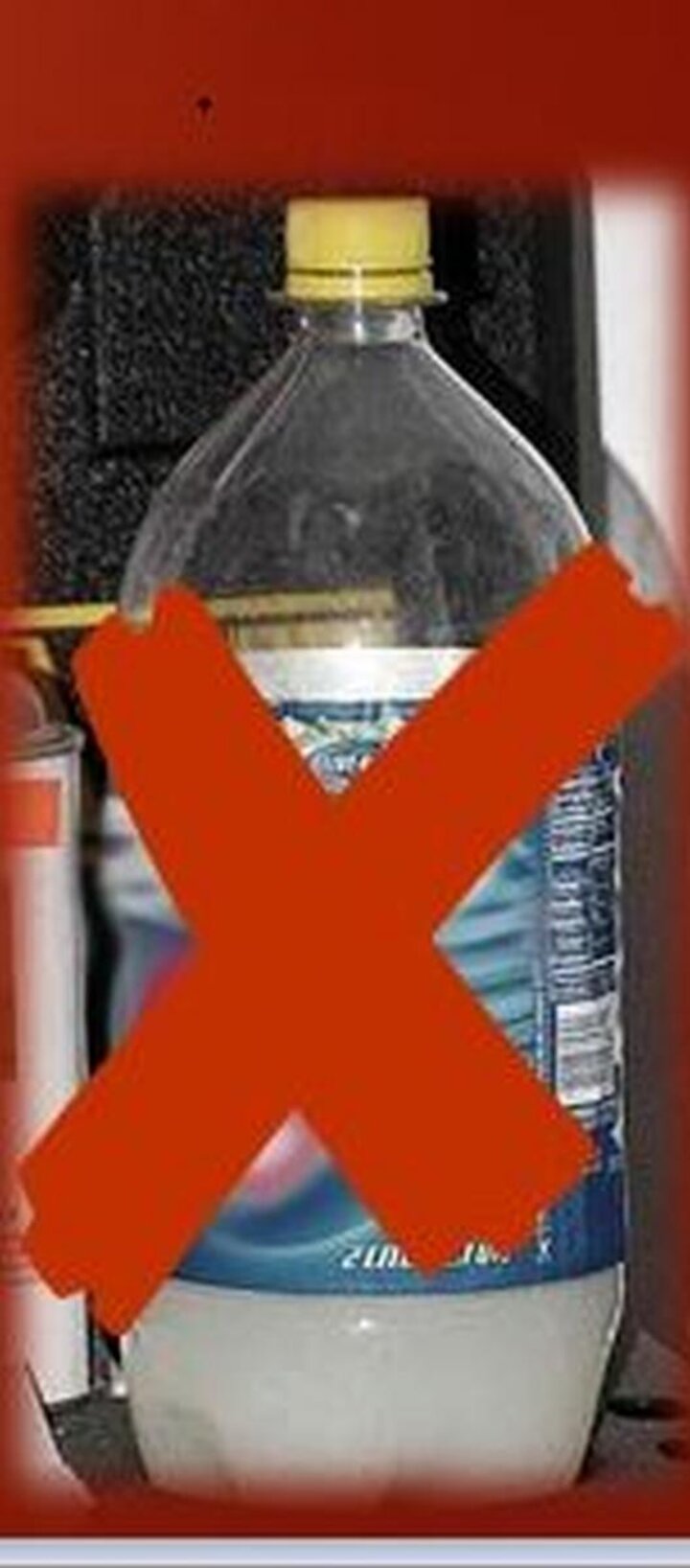Multipronged EPA Efforts Emphasize Safety


Restricted use pesticide applicators need to be aware that to handle or use paraquat, they will soon need additional product-specific training. This training is in addition to Nebraska’s restricted use pesticide applicator training.
The EPA-approved training was developed by paraquat manufacturers and the National Pesticide Safety Education Center (NPSEC) as part of the federal government’s 2016 risk mitigation requirements. The training becomes mandatory once new paraquat labels include language that directs applicators to the new training website.
Paraquat dichloride, also known by names such as “paraquat” and “Gramoxone®,” is widely used in the U.S. to control weeds in agricultural and nonagricultural settings, and as a burn-down prior to harvest of certain crops. An aggressive leaf desiccant, paraquat has become more popular with the onset of herbicide-resistant weeds. It also has an extremely high human toxicity, resulting in permanent loss of eyesight and numerous human fatalities.
Applicators may lean toward using paraquat as a replacement for herbicides that have shown weed resistance in Nebraska, such as Palmer amaranth. The Nebraska Department of Agriculture and Nebraska Extension are concerned that as the use of paraquat increases, the chances of human exposure to the chemical also will increase. To help prevent health and safety tragedies, officials urge paraquat users to take extra precautions.
True Examples of Paraquat Poisoning and Death
- In 2013, a 70-year-old female ingested some contents of a re-used iced tea bottle that contained paraquat, unknown to her. She went to the hospital awake and alert with persistent vomiting. Over the course of a 16-day admission, she evolved the classic picture of paraquat ingestion: corrosive gastrointestinal injury plus kidney and respiratory failure leading to death.
- In 2000, a 15-month-old boy ingested paraquat that had been transferred into a Gatorade container and stored inappropriately. The boy survived in the hospital for 13 days after the ingestion and received aggressive treatment but died after suffering acute kidney and liver failure.
Source: https://www.epa.gov/pesticide-worker-safety/paraquat-dichloride-one-sip-can-kill
In a Nutshell: EPA Actions on Paraquat
To better prevent accidental ingestions of paraquat and to reduce exposure to workers who mix, load and apply paraquat, EPA is requiring:
- Changes to the pesticide label and distribution of supplemental warning materials to highlight the toxicity and risks associated with paraquat products.
- Restricting the use of paraquat to certified pesticide applicators only. Individuals working under the supervision of a certified applicator are prohibited from using paraquat.
- Specialized training for certified applicators who use paraquat to emphasize that the chemical should not be transferred to or stored in improper containers.
- New closed-system packaging designed to prevent transfer or removal of the pesticide except directly into proper application equipment. This will prevent spills, mixing, pouring the pesticide into other containers or other actions that could lead to paraquat exposure.
Paraquat is so toxic that a single sip can be fatal. Since 2000, at least 17 deaths in the U.S. have been caused by accidental ingestion of paraquat (see examples). Many of these deaths resulted from people illegally transferring the pesticide to beverage containers from which the victim later drank (Figure 1). In addition to the deaths by accidental ingestion, since 2000, three more deaths and many severe injuries were caused by the pesticide getting onto the skin or into the eyes of those working with it.
Applicators using backpack sprayers need to be especially cautious to prevent leaks that could get on clothing and/or skin.
According to the label, a splash in the eye can cause severe or permanent eye damage. Splashes on the skin will create blisters and burning. Inhaling or swallowing the chemical may be fatal. Protecting yourself with proper PPE is paramount.
At a minimum, PPE for paraquat applicators includes
- protective eyeware such as goggles;
- a NIOSH-approved respirator with any N, R, or P filter;
- chemical resistant gloves;
- long-sleeve shirt, long pants, and shoes plus socks.
PPE for mixer/loaders includes all of the above, plus a chemical-resistant apron and face shield.
Proper handling and use of PPE is emphasized in the new paraquat online training, which is in addition to Nebraska’s regular RUP applicator training. The new training also covers paraquat toxicity, new label requirements and restrictions, and consequences of misuse. Also emphasized is the fact that the chemical must stay in its original container and not be transferred to, or stored in, improper containers. Additionally, paraquat must be kept separate from other pesticides, under lock and key.
The new paraquat labels will direct applicators to the NPSEC website for applicator training. Applicators must receive a score of 100% on the training quiz, and will then be able to print a training certificate. Training must be renewed every three years, with the NPSEC site sending out email reminders six months prior to the expiration of the current certificate.
The new training is one of several actions EPA has taken to help prevent poisonings. In addition to mandatory product-specific training, new containers of paraquat will be required to be in closed-system packaging for all non-bulk sizes (less than 120 gallons).
Manufacturers will be required to change the color of the product and add an odorant to warn of its toxicity. EPA, being aware that there are no paraquat products currently available that meet these criteria, is allowing a two-year period for registrants (manufacturers) to develop products that do.
Manufacturers have until November 2019 to ship any old labeled product. Wholesalers and stores may still carry them after this date; however, any old labels are intended to be out of the marketplace by the end of 2020. Producers who currently have a supply of paraquat with old labeling are not required to complete the training, but still need to exercise the same precautions, particularly with PPE.
EPA’s approved training module may be accessed at: https://campus.extension.org/enrol/index.php?id=1660
EPA’s Q&A about paraquat: https://www.epa.gov/pesticide-worker-safety/paraquat-dichloride-training-certified-applicators.
